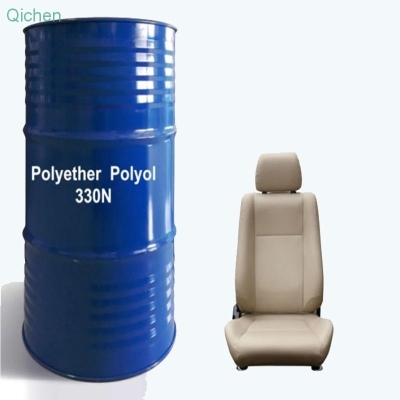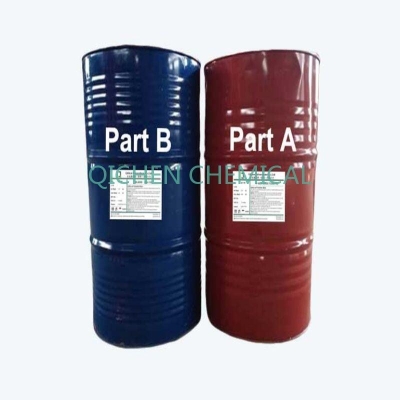-
Categories
-
Pharmaceutical Intermediates
-
Active Pharmaceutical Ingredients
-
Food Additives
- Industrial Coatings
- Agrochemicals
- Dyes and Pigments
- Surfactant
- Flavors and Fragrances
- Chemical Reagents
- Catalyst and Auxiliary
- Natural Products
- Inorganic Chemistry
-
Organic Chemistry
-
Biochemical Engineering
- Analytical Chemistry
-
Cosmetic Ingredient
- Water Treatment Chemical
-
Pharmaceutical Intermediates
Promotion
ECHEMI Mall
Wholesale
Weekly Price
Exhibition
News
-
Trade Service
In order to develop safe, low-cost and high-efficiency energy storage batteries and systems, Stanford University in the United States has created a new water-based manganese hydrogen battery through water and salt, hoping that the battery can store wind and solar energy, effectively use renewable energy electricity and develop into grid-level energy storage equipment
.
Solar and wind energy are today's popular renewable energy technologies, but the industry is intermittent energy, effective storage of excess power is the solution to the shortage of electricity and power oversupply, of which lithium-ion batteries are the leader of energy storage technology, but large-scale construction of lithium-ion energy storage power plants will be expensive, and batteries need to be replaced regularly
.
The new water-based manganese hydrogen battery developed by Stanford University can solve the cost and battery life challenges, and is expected to develop into a grid-level energy storage system
.
Cui Yi, a professor of materials science at Stanford, pointed out that the team dissolved a special salt in water and electrodes to produce a reversible chemical reaction to store renewable energy electricity
in the form of hydrogen.
Now that engineers have successfully used hydrogen to generate electricity, the next step is to prove that the water-based battery can be recharged
.
The team combined the manganese dioxide particles on the electrodes with water to supplement the manganese sulfate
salts in the solution by connecting the power to a prototype battery that ran out of energy.
Once the salt in the solution is replenished, the electrons will be excess and the cycle
will be repeated again.
The research is still in its preliminary stages, and the researchers believe that the technology can be extended to industrial-grade energy storage systems, charging and discharging up to 10,000 times, creating new water-based manganese-hydrogen batteries
with a life of far more than ten years.
In order to develop safe, low-cost and high-efficiency energy storage batteries and systems, Stanford University in the United States has created a new water-based manganese hydrogen battery through water and salt, hoping that the battery can store wind and solar energy, effectively use renewable energy electricity and develop into grid-level energy storage equipment
.
Solar and wind energy are today's popular renewable energy technologies, but the industry is intermittent energy, effective storage of excess power is the solution to the shortage of electricity and power oversupply, of which lithium-ion batteries are the leader of energy storage technology, but large-scale construction of lithium-ion energy storage power plants will be expensive, and batteries need to be replaced regularly
.
The new water-based manganese hydrogen battery developed by Stanford University can solve the cost and battery life challenges, and is expected to develop into a grid-level energy storage system
.
Cui Yi, a professor of materials science at Stanford, pointed out that the team dissolved a special salt in water and electrodes to produce a reversible chemical reaction to store renewable energy electricity
in the form of hydrogen.
Now that engineers have successfully used hydrogen to generate electricity, the next step is to prove that the water-based battery can be recharged
.
The team combined the manganese dioxide particles on the electrodes with water to supplement the manganese sulfate
salts in the solution by connecting the power to a prototype battery that ran out of energy.
Once the salt in the solution is replenished, the electrons will be excess and the cycle
will be repeated again.
The research is still in its preliminary stages, and the researchers believe that the technology can be extended to industrial-grade energy storage systems, charging and discharging up to 10,000 times, creating new water-based manganese-hydrogen batteries
with a life of far more than ten years.







